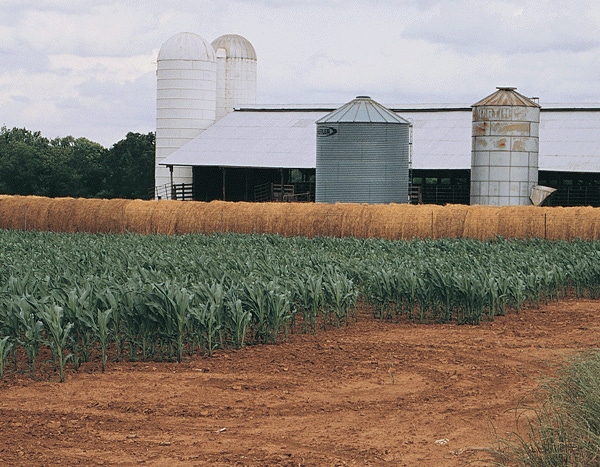March 18, 2011

It’s still chilly enough to heat some workshops, garages and barns, and safe practices in outbuildings are just as important as they are in the home.
"Heating in a workshop, garage or barn is no different than using supplemental heating in your home — you still need to think safety," said Jimmy Maass, safety manager for Virginia Farm Bureau.
Anyone using a wood-burning stove or a propane or electric heater in those spaces needs to carefully follow manufacturer’s instructions.
"Heaters should not be used in buildings where hay, straw or other flammable materials are stored; this could lead to a fire that not only causes you to lose your building, but also your animals," Maass said.
The area to be heated should be kept clean and clear to avoid fire hazards. Make sure the stove or heater is listed by a recognized testing laboratory and is kept away from sawdust, chemicals and paint. Remember to keep heaters at least 3 feet away from all combustibles, and never put anything on top of a space heater.
When using a fuel-burning space heater, use the fuel specified by the manufacturer. Refuel heaters outside or in a well-ventilated area; allow them to cool before refueling, Maass said.
When using a wood-burning stove, it is important to have the chimney cleaned by a certified professional prior to each heating season and to use only seasoned and dry wood. Never use gasoline or other liquid fuels to start a fire, and do not leave a fire unattended.
When heating in a space like a barn, be aware of the dangers of carbon monoxide poisoning. It’s a good idea to install a carbon monoxide detector.
"Follow the manufacturer’s instructions for proper placement," Maass said. "Make sure you clean it occasionally per the manufacturer’s instructions if it is in an area that is extremely dusty."
Test smoke and carbon monoxide detectors weekly, and replace batteries every six months. Also plan to replace the detector about every 10 years, but check the owner’s manual for life expectancy.
You May Also Like




